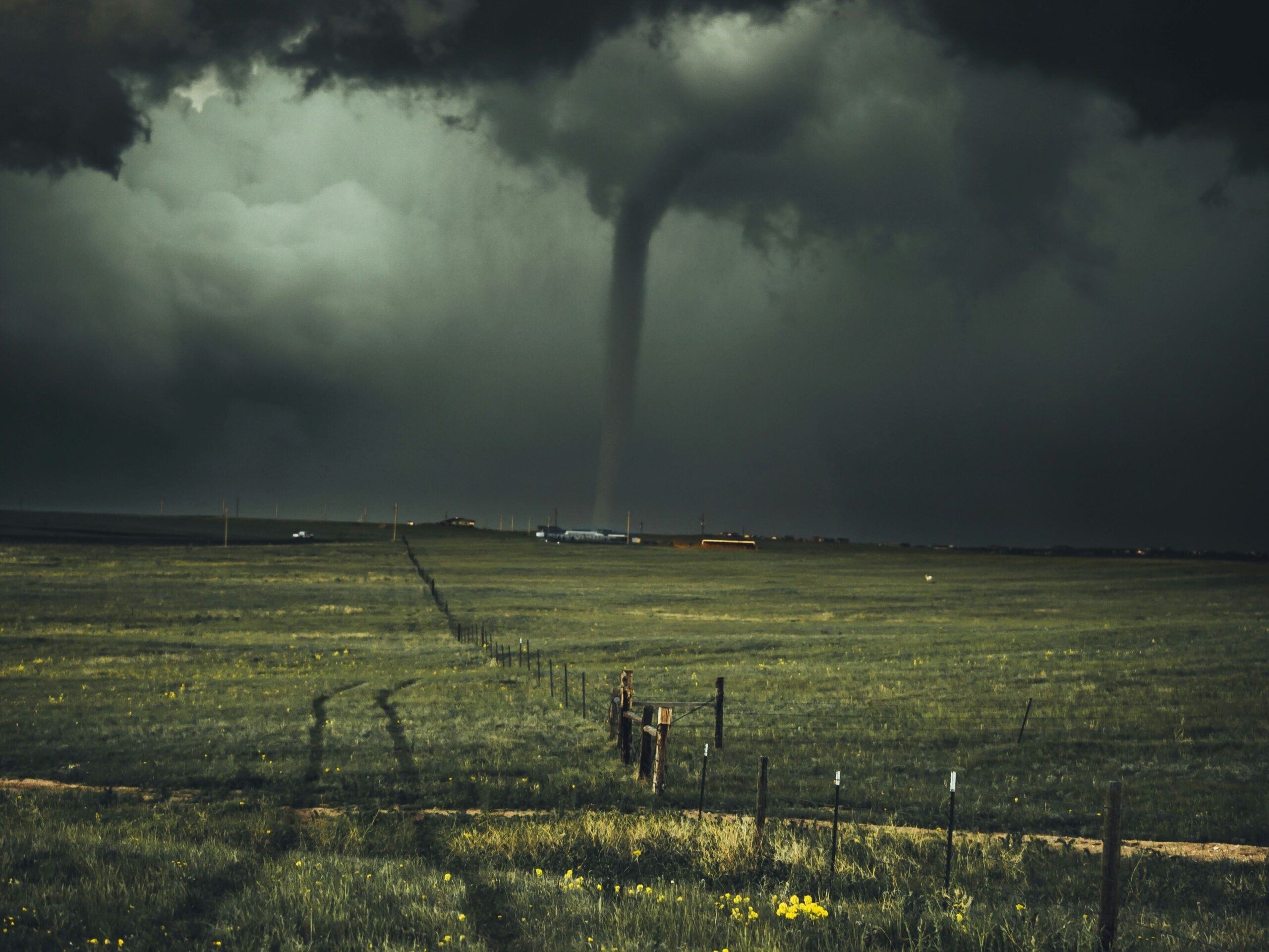
Emergency Planning
Emergency Planning: Your Safety Is Our Priority
The Webster County Health Unit is committed to ensuring the safety and well-being of our community in the face of any emergency. From natural disasters to public health crises, we have comprehensive plans and resources in place to respond effectively and efficiently. Here’s what you need to know about our emergency planning efforts:
Our Planning Measures:
Risk Assessment: We continuously assess potential risks and hazards that could affect our community, including natural disasters, disease outbreaks, and other emergencies.
Planning and Coordination: We develop and maintain detailed emergency response plans, working closely with local, state, and federal agencies to ensure a coordinated approach.
Training and Drills: Our staff regularly participates in training sessions and drills to stay prepared and ready to respond to any emergency situation.
Use the links below for more information about emergency planning.

Plan Ahead for Emergencies
Learn how to plan ahead for natural disasters.
Be Ready in 3
Use the Missouri Department of Health & Senior services website to plan for emergencies.

Quick Facts About Tornado Safety
- They may strike quickly, with little or no warning.
- They may appear nearly transparent until dust and debris are picked up or a cloud forms in the funnel.
- The average tornado moves Southwest to Northeast, but tornadoes have been known to move in any direction.
- The average forward speed of a tornado is 30 mph, but may vary from stationary to 70 mph.
- Tornadoes can accompany tropical storms and hurricanes as they move onto land.
- Waterspouts are tornadoes that form over water.
- Tornadoes are most frequently reported east of the Rocky Mountains during spring and summer months.
- Peak tornado season in the southern states is March through May; in the northern states, it is late spring through early summer.
- Tornadoes are most likely to occur between 3 pm and 9 pm, but can occur at any time.

